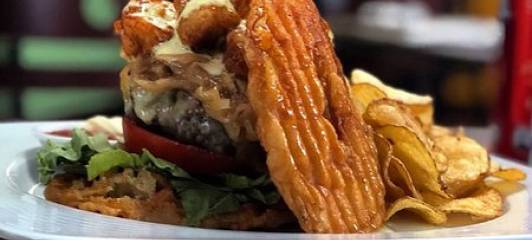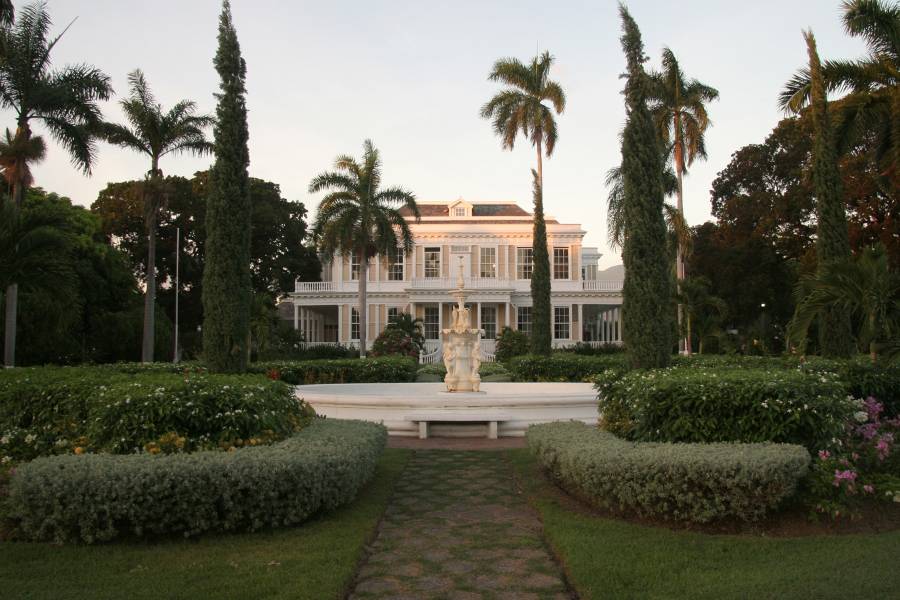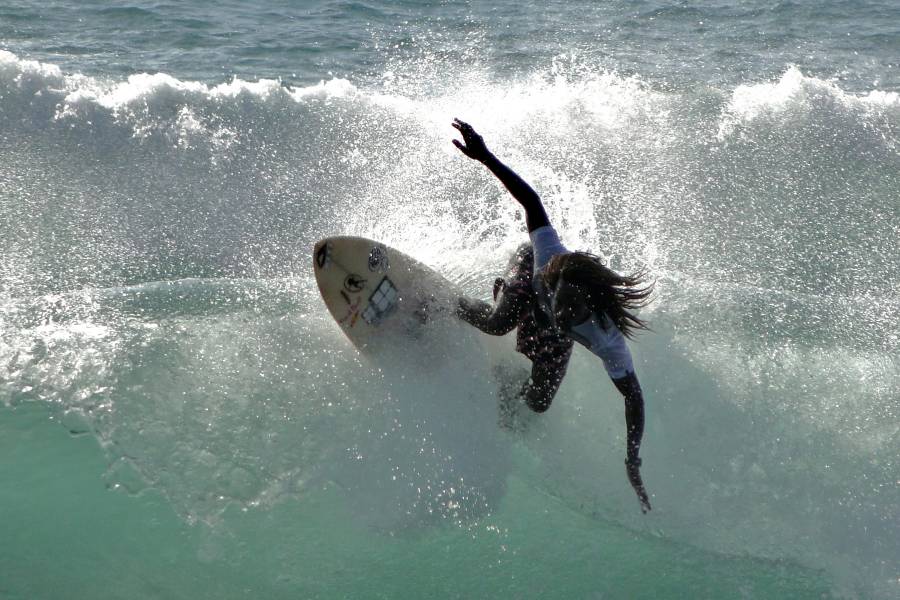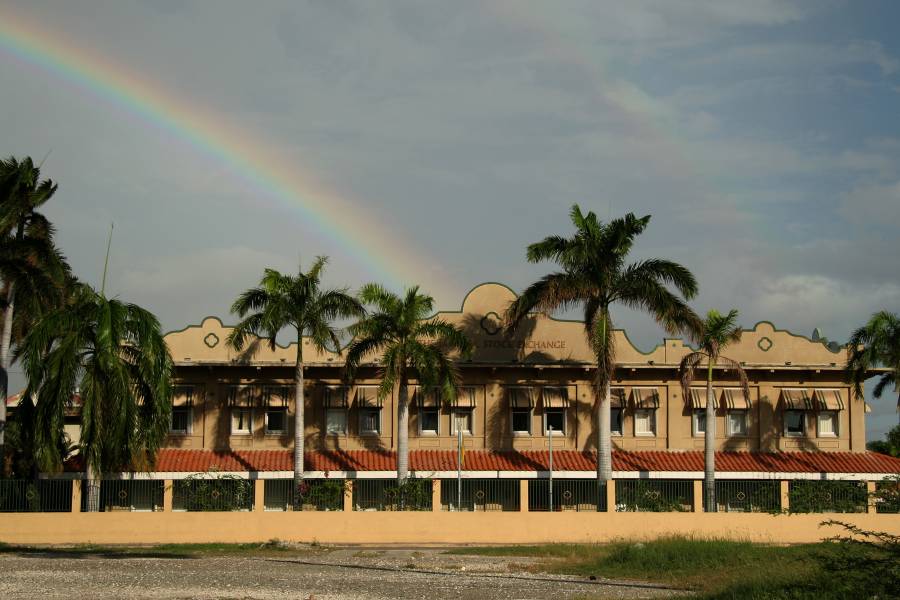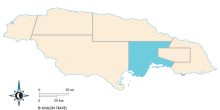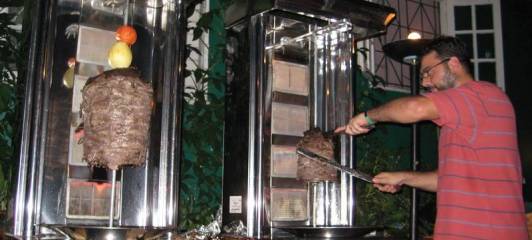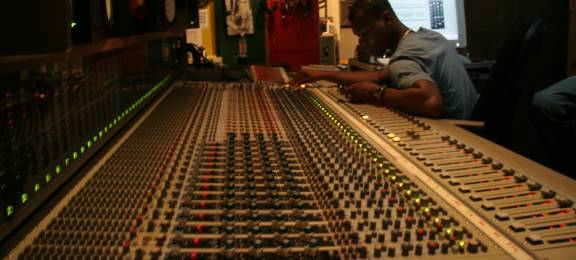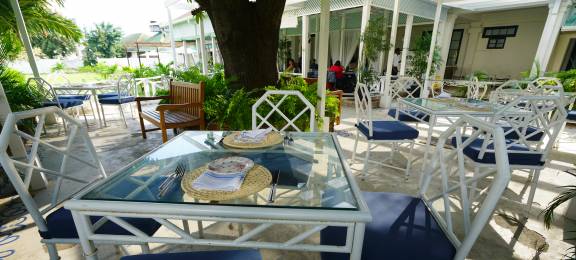Hope Zoo (10am-4pm daily, US$15 adults, US$10 ages 3-11) is located within the grounds of Hope Botanical Gardens along Old Hope Road heading towards Papine. Meandering paths lead from the gate to areas dedicated to birds, large animals, including lions, ostrich and emu, a donkey and zebras and to other sections reserved for smaller animals including primates, snakes and iguanas. A fenced amphibious zone is home to a few American crocodiles.
